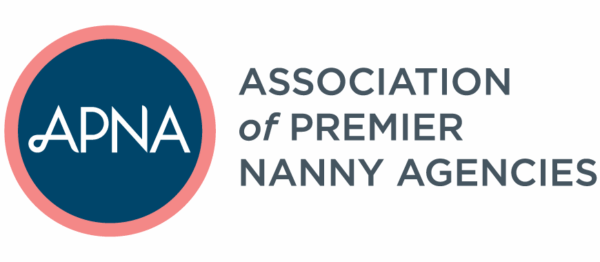Happy New Year! By now, you’re thinking about closing out your books for 2021 and starting clean and fresh for 2022. It’s that time of year we make goals that are abandoned by February. You might be thinking about what you can do differently to bring in more revenue or whether or not you can hire someone in your office so that you can spend more time growing the business instead of being in the business. 
So many of the goals we set for our businesses depend on having an understanding of our finances and this is where many business owners get stuck. But you don’t have to be stuck and you don’t have to be afraid of your finances. Here are 3 keys to understanding your finances so that you can make more informed decisions and create goals that are achievable.
1. Know which financial reports are the most important and learn how to read and understand them. Looking at your books doesn’t have to be overwhelming. Here are the reports I use regularly to understand how my business is doing (I check these reports at least monthly. I suggest blocking time in your calendar every month to do this).
a)Balance Sheet – along with your Profit & Loss, this is the most important of your financial statements. It shows you what is happening in your business in real time (as long as your books are reconciled) including how much cash you have in your bank account, how much you owe to others, and how much equity you have in the business as an owner.
b)Profit & Loss Comparison – while the Balance Sheet is an important statement, it is the P&L that I spend the most time on. It is worth taking some time to explore how to use this report. I run year-to-date, month-to-date, previous month, and rolling 12 (the last 12 months). Not only will it tell you how you’ve done for each of those periods, it will compare that to the same period from the previous year. This will help you become familiar with the ebb and flow of your business and give you a sense if your business is growing.
c)Business Snapshot – this is a great report in QuickBooks that gives you an overall view of your revenue, expenses, quarterly/monthly comparison to the previous year, and a list of customers who have outstanding invoices.
d)Sales by Product/Service Summary – I use this report to see which of our services is bringing in the most money. I might look at this report quarterly instead of monthly to help me decide if there’s a service that is underperforming and if we need to make any adjustments.
2. Create a budget. All of the above reports are fantastic for knowing how your business has already done. But they won’t give you a sense of what the future is lining up to be. You should create a budget each year and it should be detailed as possible but even a general budget is better than none.
I recommend doing a monthly budget to help get a view of your cash flow throughout the year. This will show any slow months that commonly run at a deficit so that you can plan ahead to have enough cash on hand. I always start with my profit & loss statement from the previous year and make adjustments to the numbers based on information I am sure about. Then, I look at my goals for the year and start to adjust the numbers. Am I planning on giving raises to my staff? Are we adding a new tech platform or looking to increase our marketing budget?
Once you’ve finalized your numbers, take a look at the bottom line. If you’re showing a loss, you’ll need to find ways to cut back or decide if it’s time for a price increase. If you’re showing a profit, you can decide to add in a project you’ve been thinking about or hire another team member. Remember, always include salary/owner draws for yourself.
3. Track large-view metrics. If you track metrics (and you should), you probably have a system outside of your accounting platform that digs deep into your business. But that doesn’t mean you shouldn’t be using your books to help you also. I use QuickBooks to help me see how our individual services are performing, how many of our registered families converted into placements, our average placement fee, etc.
Set up your invoicing/receipt system in a way that allows you to easily get these types of numbers. These numbers will help you make more informed decisions when deciding your goals.
Don’t let finances become a mountain that seems too large to climb. Break it down into pieces and it can be an amazing and useful tool in understanding and growing your business. It can be difficult to know where to go when you don’t have a good sense of where you’ve been and where you are now.
Laura Chandra is CEO and owner of Boston Nanny Centre, Inc. in the Boston, MA area. She has a masters degree in financial planning and spends her time running her agency, raising her son, and working with small businesses to get a better handle on their finances.

